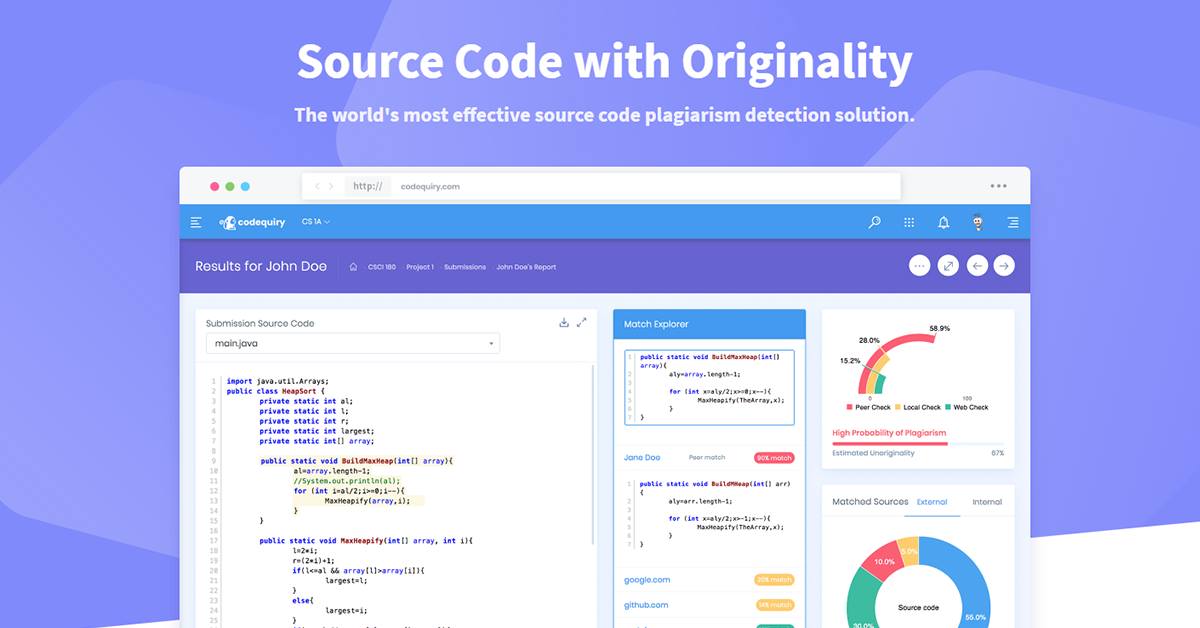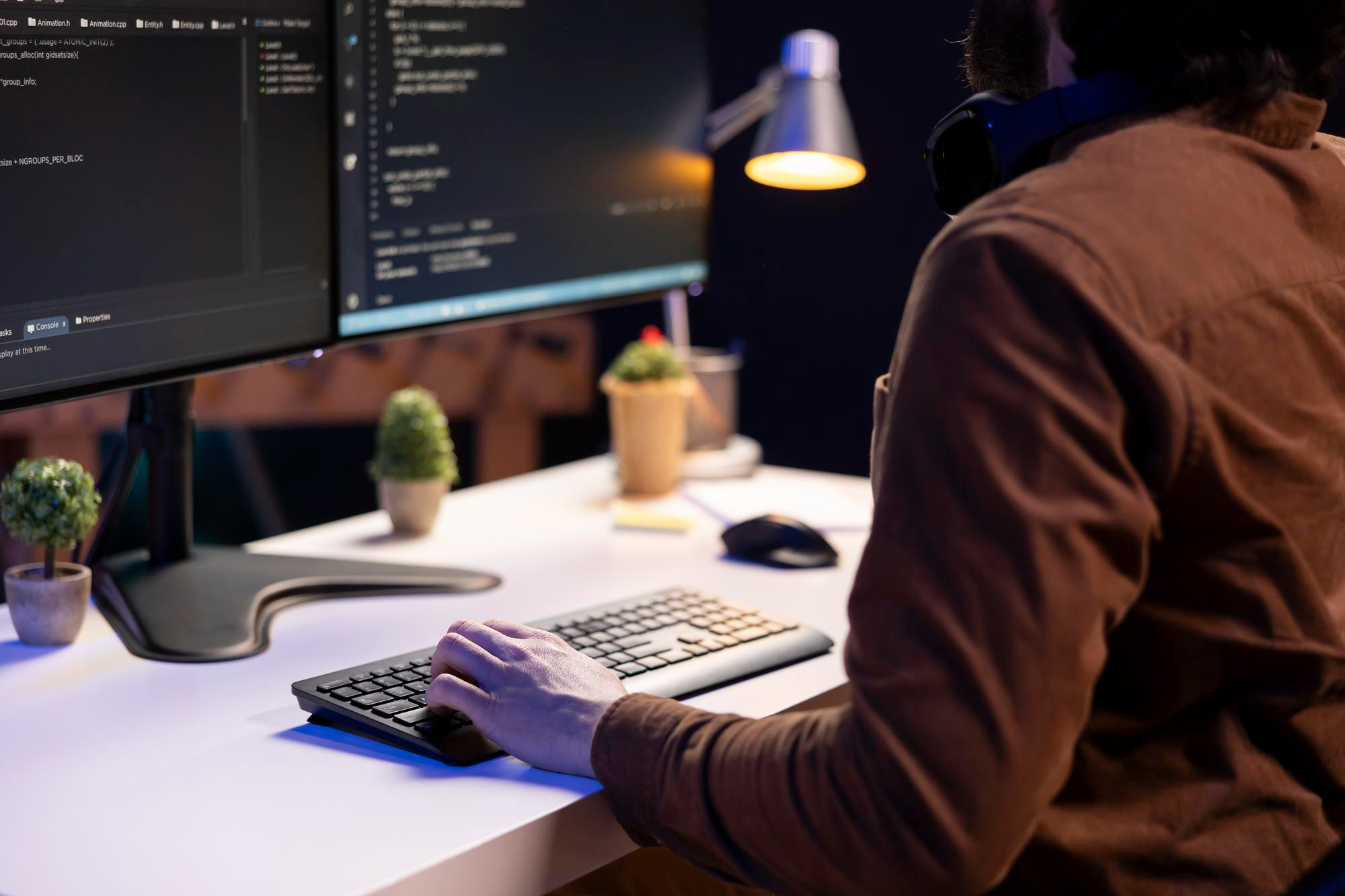What Problems Can an AI Code Detector Solve in Education?

Strong 8k brings an ultra-HD IPTV experience to your living room and your pocket.
Artificial Intelligence has reshaped many industries, and education is no exception. With tools like ChatGPT, GitHub Copilot, and other generative AI platforms now widely available, it’s easier than ever for students to generate code that looks original but isn't truly their own work. This shift has brought a new set of challenges to educators trying to uphold academic integrity. That’s where AI code detectors come into play.
These advanced systems are designed to analyze code not just at a surface level, but by digging deep into structure, logic, and language patterns. Let’s explore the core problems an AI code detector can solve in educational settings—and why tools like Codequiry, a leading code plagiarism checker, are becoming essential in classrooms and universities.
1. Detecting AI-Generated Code (Like ChatGPT or Copilot)
One of the biggest concerns in modern education is students using AI tools to complete assignments. While helpful as a learning aid, using AI to generate full submissions defeats the purpose of coding education. Traditional plagiarism checkers often fail to catch this because AI-written code doesn’t resemble existing codebases.
An AI code detector like Codequiry is specifically trained to identify the subtle patterns and structures that distinguish human-written code from AI-generated content. This helps educators spot assignments that may appear unique but are actually machine-created.
2. Identifying Logical Similarities, Not Just Surface Matches
Copying code isn’t always obvious. Students often change variable names, tweak indentation, or adjust syntax to avoid detection. Traditional tools may miss these modifications, leading to inaccurate results.
Codequiry uses Abstract Syntax Tree (AST) analysis and token-based comparison, allowing it to detect logical and structural similarities even when superficial changes are made. This ensures more accurate plagiarism detection and allows educators to focus on real issues rather than chasing false positives.
3. Comparing Code Across Class Submissions and Online Sources
Plagiarism isn’t limited to AI use—students often share code among peers or lift solutions from forums like Stack Overflow or GitHub. An effective code plagiarism checker must scan not just individual files but a wide range of sources.
Codequiry solves this by comparing submissions across classmates, previous year projects, public repositories, and the web. This comprehensive comparison helps institutions identify collaboration that crosses ethical boundaries, while also detecting previously unseen copied work from online sources.
4. Supporting Multiple Programming Languages
In today’s educational landscape, coding isn't limited to one language. Whether it's Python, Java, C++, or JavaScript, students are learning in multiple environments. Some plagiarism tools struggle with this diversity.
Codequiry supports over 50 programming languages, giving institutions the flexibility to use one tool across different courses and disciplines. This makes it easier for educators to maintain consistency in how they monitor code originality across a curriculum.
5. Encouraging Ethical Coding Habits
The presence of an AI code detector can also serve as a deterrent. When students know that AI-written or copied code can be detected, they are more likely to write their own solutions. This encourages ethical behavior and promotes real learning, which is the ultimate goal of any educational institution.
Final Thoughts
As generative AI continues to evolve, the line between learning and shortcutting becomes thinner. Educators need advanced tools to protect the integrity of their courses without creating additional administrative burdens. That’s why platforms like Codequiry are becoming more than just useful—they’re necessary.
By acting as both an AI code detector and a powerful code plagiarism checker, Codequiry addresses the rising challenges in education head-on. It’s not just about catching cheating—it’s about preserving the value of learning and preparing students for real-world coding environments.
Note: IndiBlogHub features both user-submitted and editorial content. We do not verify third-party contributions. Read our Disclaimer and Privacy Policyfor details.




